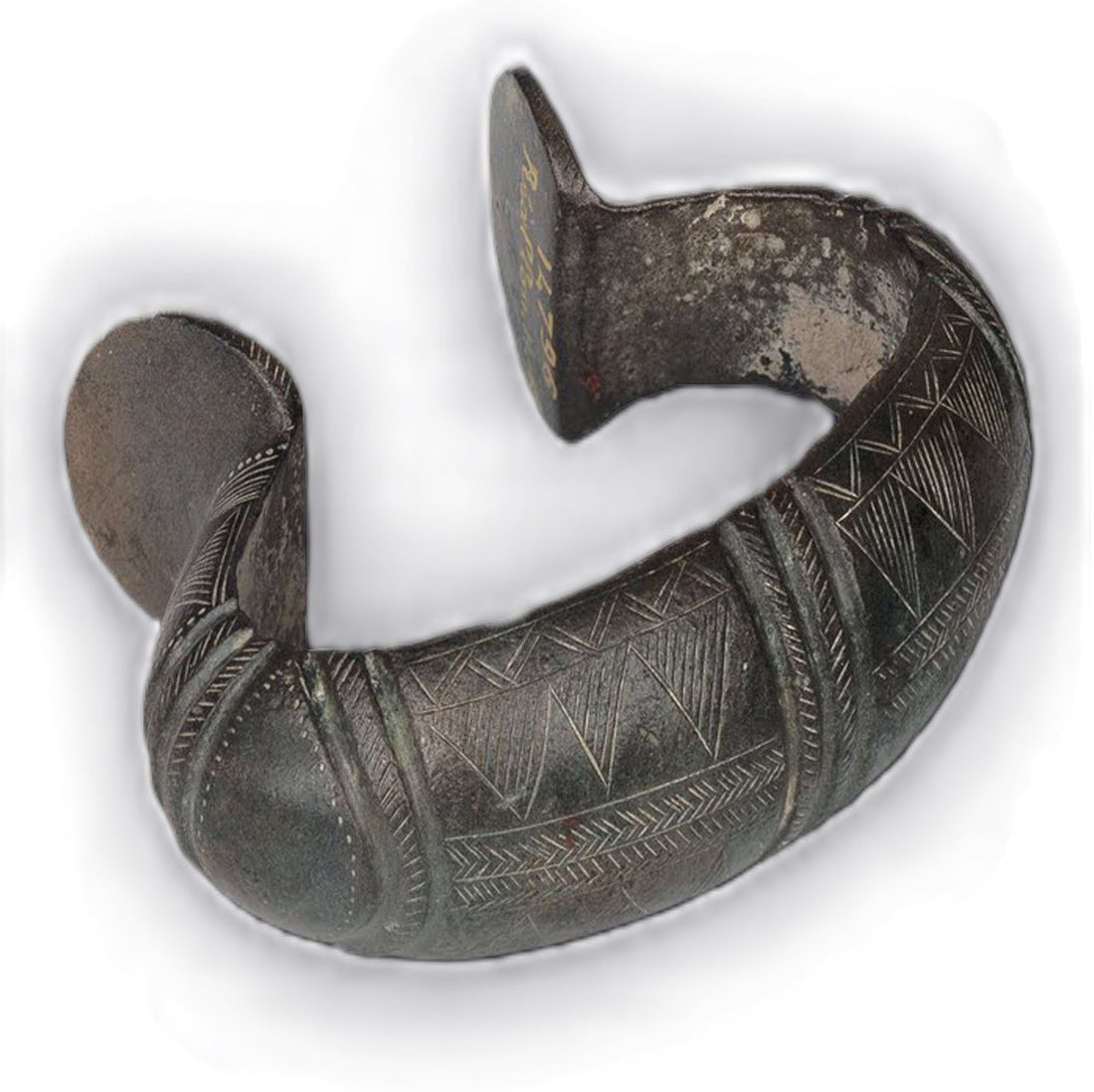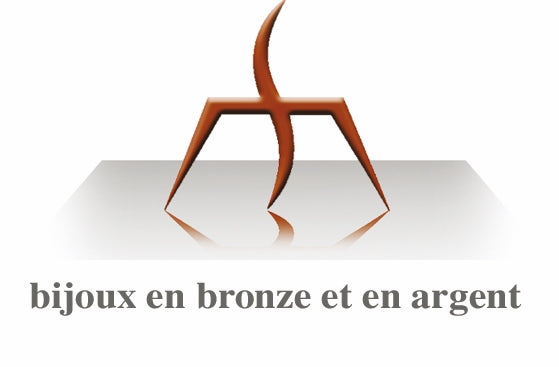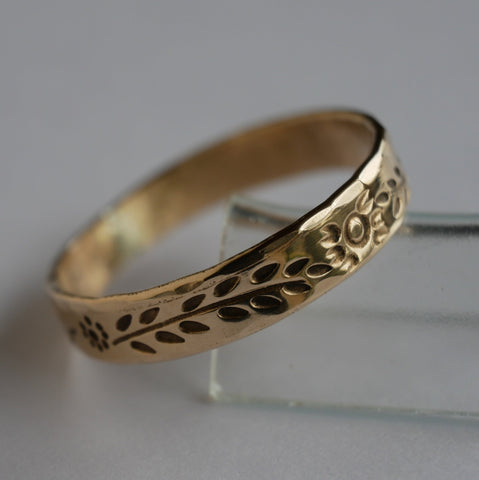
Bronze jewelry from prehistory to the present day
Share
Prehistory
The earliest bronze jewelry dates back to the Bronze Age, which began around 3500 BC in Europe. The manufacturing techniques were simple: lost-wax casting and hammering.
Jewelry was often simple and functional, made from bronze wire, plates, and sheets. Necklaces, bracelets, rings, earrings, and pendants were found.
The decorations were often geometric (triangles, squares, spirals) but also figurative (animals, plants).

Antiquity
The Iron Age supplanted bronze around 1200 BC, but bronze did not disappear. Techniques were refined with filigree and granulated casting.
Jewelry became more complex: sets, brooches, mirrors and statuettes.
The decorations were often more elaborate, with mythological motifs, portraits of animals and people.
Examples

Dragon-headed bow fibula with a pin rest decorated with concentric circles, dating from the early La Tène period ( 4th century BC).

Gallic bronze torque
Middle Ages
The Middle Ages (500-1500 AD) saw a decline in the production of bronze jewelry, replaced by gold and silver.

Medieval bronze ring
However, production did not disappear: rings, brooches, pendants and buckle plates were still made, often with religious motifs (crosses, saints).
Renaissance and modern era
The Renaissance (14th-16th century) marked a revival of interest in Antiquity, reviving the popularity of bronze.
Cameos, intaglios, medals and statuettes were inspired by Greek and Roman jewelry, with portraits of famous men and women, scenes from mythology and humanist motifs.
In the modern era (17th century to today) craftsmen continued this production with the tools of their time such as the blowtorch whose flame was fueled by butane and oxygen.
You will find many examples on this site:

